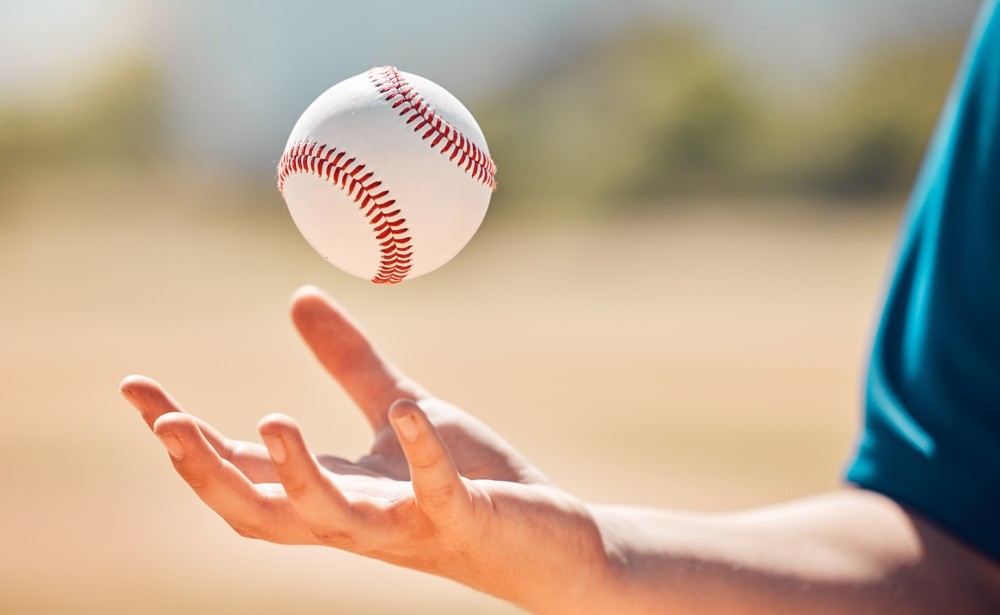Using Athletic Training Services to Prepare for the Upcoming Season
Although baseball is not a contact sport like football, players are still at risk of incurring injuries while batting, baserunning, pitching, and playing defense. Fortunately, helmets have greatly reduced the amount of head injuries suffered by batters. However, ankle sprains, rotator cuff injuries, and elbow conditions that affect the throwing arm remain fairly common. Baseball players also may incur soft tissue injuries as a result of sliding, making contact at home plate, or getting hit by a pitch.
After breaking down the most common injuries in baseball and who is most at risk, we’ll discuss how to best prevent injuries using off-the-field best practices. Further, we’ll cover where to find athletic training services near you in Wichita and when you should consider reaching out to an athletic doctor.
The Most Common Baseball Injuries
Baseball players are at a much lower risk of incurring a traumatic injury compared to football players. However, they are at a higher risk of developing a repetitive motion injury from throwing and batting. The following are some of the most common baseball injuries:
Rotator cuff tears: The rotator cuff consists of a series of muscles that keep the shoulder joint in place and allow it to function. Pitchers are most likely to incur a rotator cuff tear because they perform a throwing motion that puts that area of the body under duress. This is especially true for pitchers who rely heavily on a fastball.
UCL injuries: UCL stands for ulnar collateral ligament. This ligament is located on the inside of the elbow and can become aggravated through repetitive motion and/or using improper throwing technique. A UCL injury typically starts out with a pins-and-needles feeling in the elbow that continues to worsen the more the athlete plays through it. Similar to rotator cuff tears, pitchers are most likely to experience UCL injuries.
Knee injuries: Running in baseball is unlike any other sport because it requires sudden sprinting and abrupt stopping upon reaching a base. When a runner slides feet-first into a base, the entirety of their weight and momentum is transferred to the leading leg. This puts an incredible amount of stress on the leg and may cause the knee joint to suddenly give out, especially if improper sliding technique is used.
Muscular injuries: The throwing, running, and swinging motions in baseball draw on several muscle groups in the legs, arms, and torso. This means that muscle strains and sprains are fairly common injuries. Many players experience spasms, weakness, pain, and other painful symptoms.
How to Prevent Baseball-Related Injuries
The best way to treat an injury is to prevent it from happening in the first place. For baseball players, this means wearing the proper protective equipment when batting or playing catcher. It also means using proper technique when pitching, throwing, batting, running, and sliding.
However, the most effective way to prevent sports-related injuries is to ensure that you’re physically ready to play the game. This means working with an athletic trainer and following pre- and post-game best practices to make sure your body is properly prepared. This includes:
- Taking part in a fitness regimen that includes a mix of strength training, cardiovascular exercise, agility training, and exercises that improve flexibility.
- Properly warming up before competition, keeping the body loose between innings, and cooling down after the game is over.
- Staying hydrated to prevent heatstroke and dehydration.
- Making sure that you’re getting enough sleep and rest.
- Not playing through an injury. This is especially important for pitchers who may be dealing with a partial tear and believe they can “play through the pain.”
- Following proper rehabilitation procedures when injured, and not returning to the game before rehab is complete. Many players aggravate their injuries by prematurely returning to competitive play.
When to Contact an Athletic Doctor
Sore and achy muscles are part of the game. Most players can recover from those on their own with rest, ice, and over-the-counter pain medications. However, an elbow, knee, or rotator cuff injury is a different story. Ligament and tendon tears are noticeable the moment they happen and usually force the player’s removal from the game.
Those who suspect they are dealing with a ligament, tendon, or joint issue should immediately reach out to an athletic doctor. They are specially trained in diagnosing and treating sports-related injuries so that players are put on the quickest road to recovery. Simply contact Mid-America Orthopedics in Wichita to set an appointment.
Our practice also offers athletic training services led by certified athletic trainers. They work closely with your student-athlete’s coaching staff to help mitigate on-field injuries using an exercise program that’s tailored specifically to them and the position they play on the field.
Please contact our practice to make an appointment or to request additional information. Mid-America Orthopedics can also be reached by phone at (316) 630-9300. For the convenience of our patients, we are typically able to offer same-day or next-day appointments.

